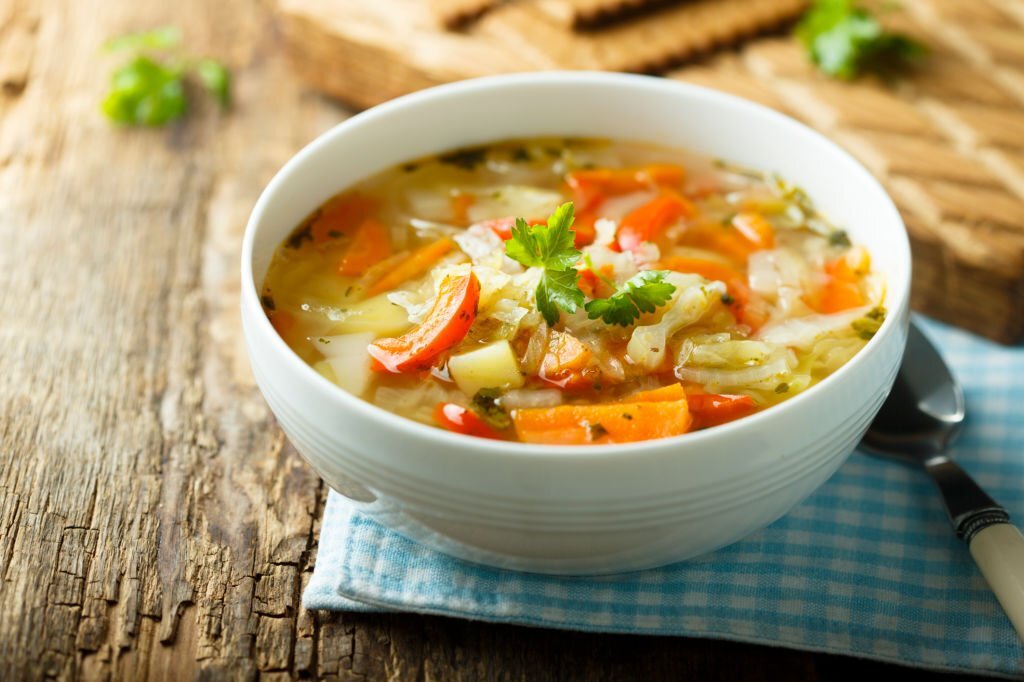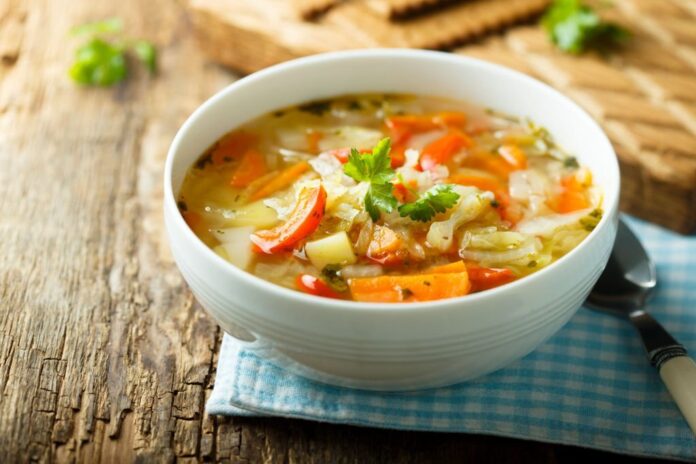Introduction
The delectable world of food often intersects with the fascinating realm of science. A common culinary question that arises is whether vegetable soup is a homogeneous or heterogeneous mixture. Exploring the properties and components of vegetable soup allows us to dive into the captivating world of chemistry and gastronomy.

Defining Homogeneous and Heterogeneous Mixtures
Homogeneous mixtures have uniform composition, with each part of the mixture having the same properties. Heterogeneous mixtures, on the other hand, lack uniformity, with distinct components visible to the naked eye.
Analyzing Vegetable Soup’s Composition
Vegetable soup typically comprises a variety of ingredients, including vegetables, broth, seasonings, and sometimes proteins or starches. As we dissect these components, we can gain insight into the mixture’s nature.
Homogeneity of Vegetable Soup
1. Broth Consistency
The broth in vegetable soup serves as a base that often provides a uniform texture and flavor throughout the dish.
2. Seasoning Distribution
Seasonings and spices are usually well-distributed within the soup, contributing to a consistent taste experience.
3. Solubility of Flavors
The soluble compounds from vegetables and seasonings dissolve in the broth, leading to a harmonious flavor profile.
4. Particle Size
Vegetables are typically diced or chopped, ensuring that they disperse evenly, enhancing the overall homogeneity.
Heterogeneity of Vegetable Soup
5. Vegetable Variety
Vegetable soup often contains a diverse array of vegetables, each contributing unique flavors, textures, and colors.
6. Particulate Matter
The visible presence of distinct vegetable pieces indicates heterogeneity, as different components remain separate.
7. Settling of Ingredients
Over time, denser ingredients may settle at the bottom of the soup, causing some degree of separation.
8. Ingredient Separation during Cooking
Ingredients with varying cooking times can result in variations in texture and consistency within the soup.
9. Protein or Starch Additions
If proteins (e.g., meat or tofu) or starches (e.g., pasta or rice) are added, they may exhibit localized concentrations.
Conclusion
In the context of vegetable soup, the classification as a homogeneous or heterogeneous mixture is not binary but rather nuanced. While aspects of homogeneity arise from the even distribution of flavors and solubility of compounds, the visible vegetable pieces and potential ingredient settling lean towards heterogeneity. The interplay between these factors adds to the richness of the soup-eating experience, highlighting the complexity of culinary creations from both a scientific and sensory perspective. Whether enjoyed for its comfort or savored for its intricate blend of flavors, vegetable soup stands as a delicious embodiment of the intersection between science and gastronomy.




